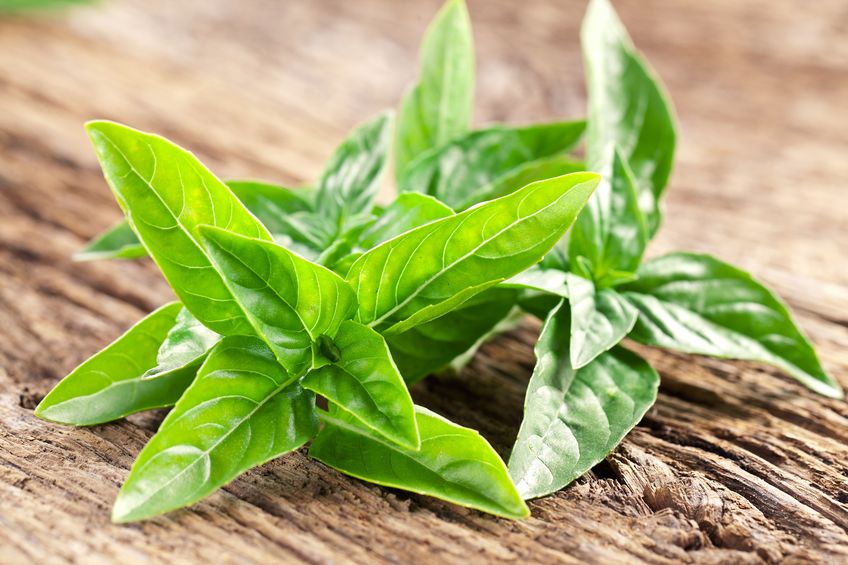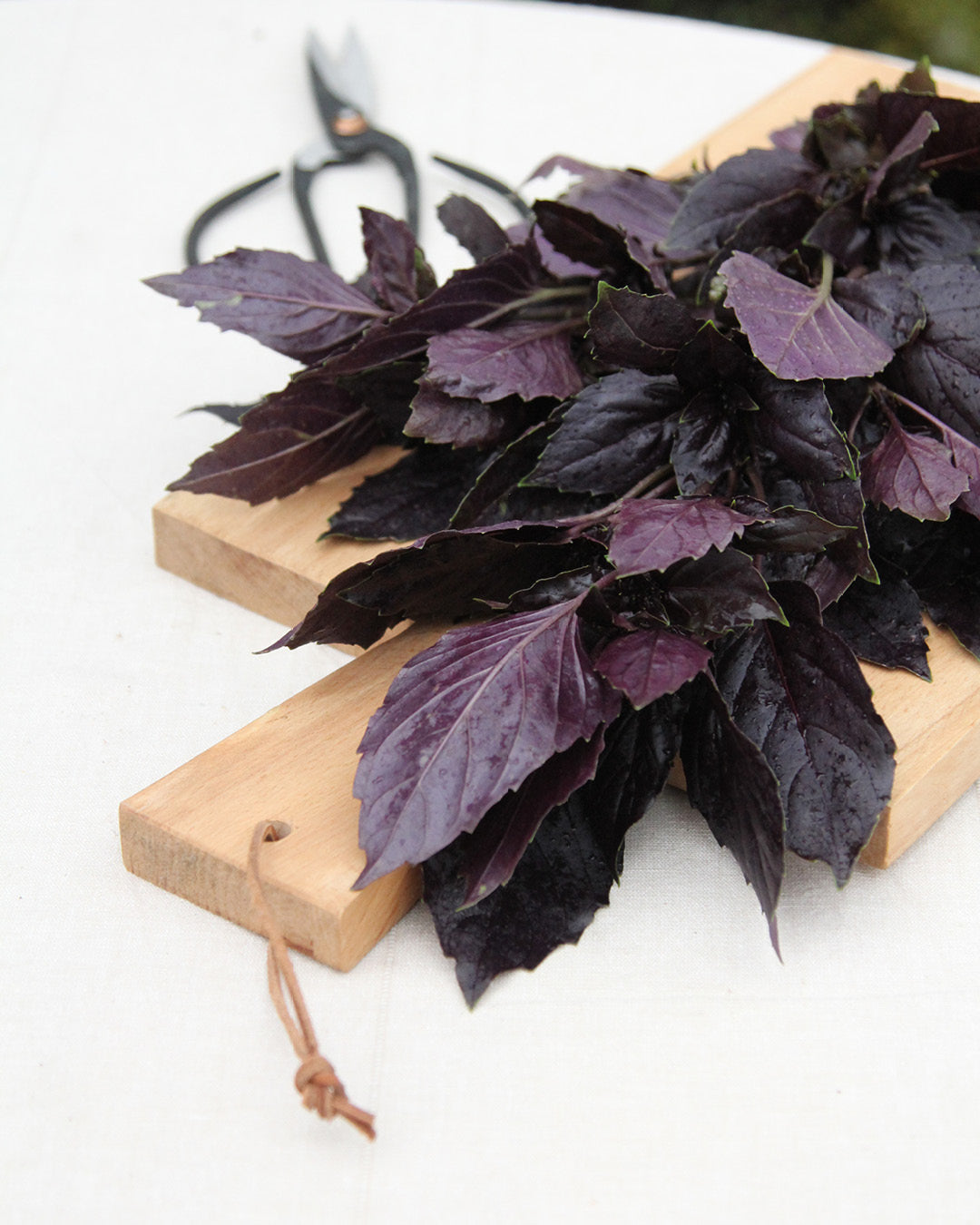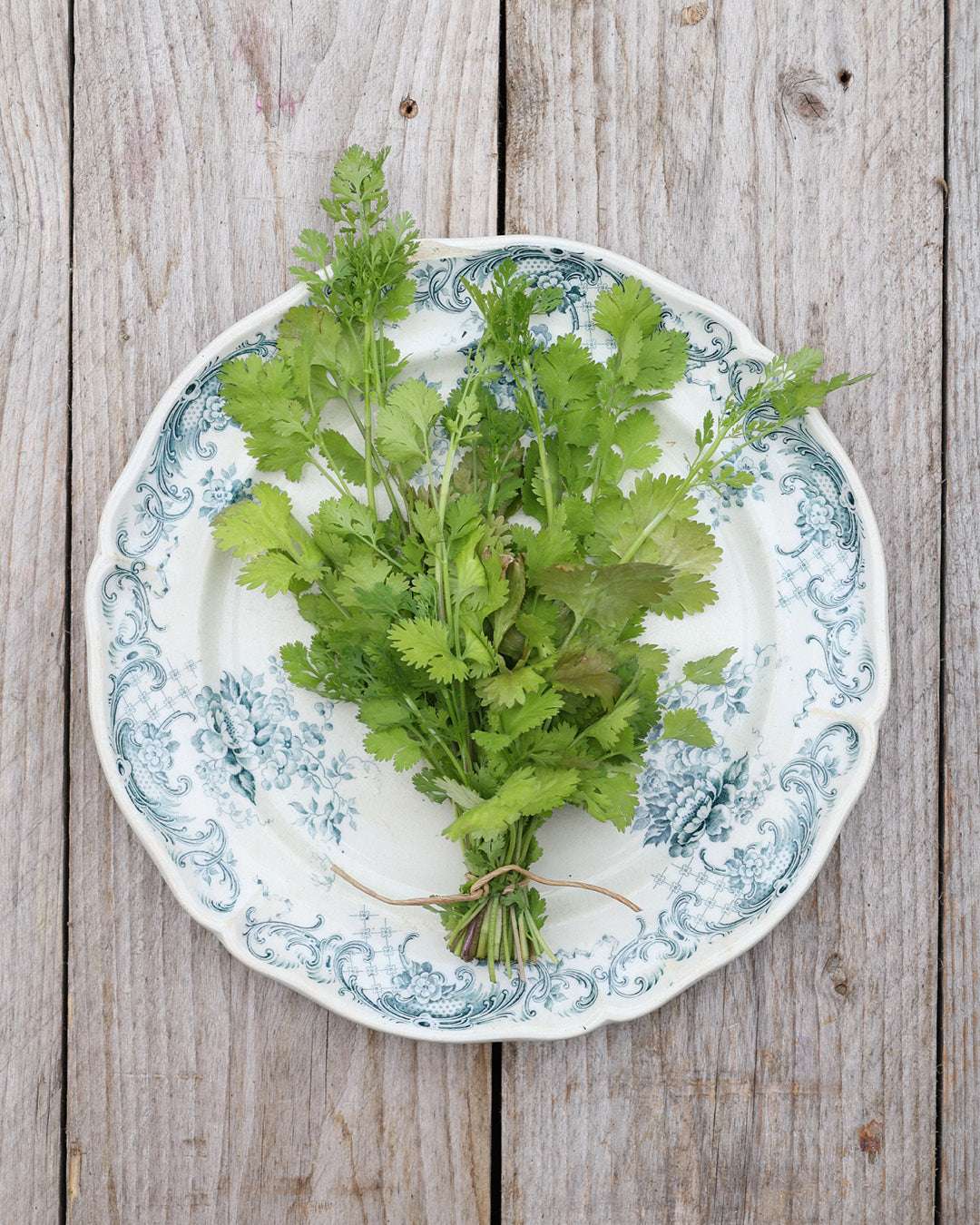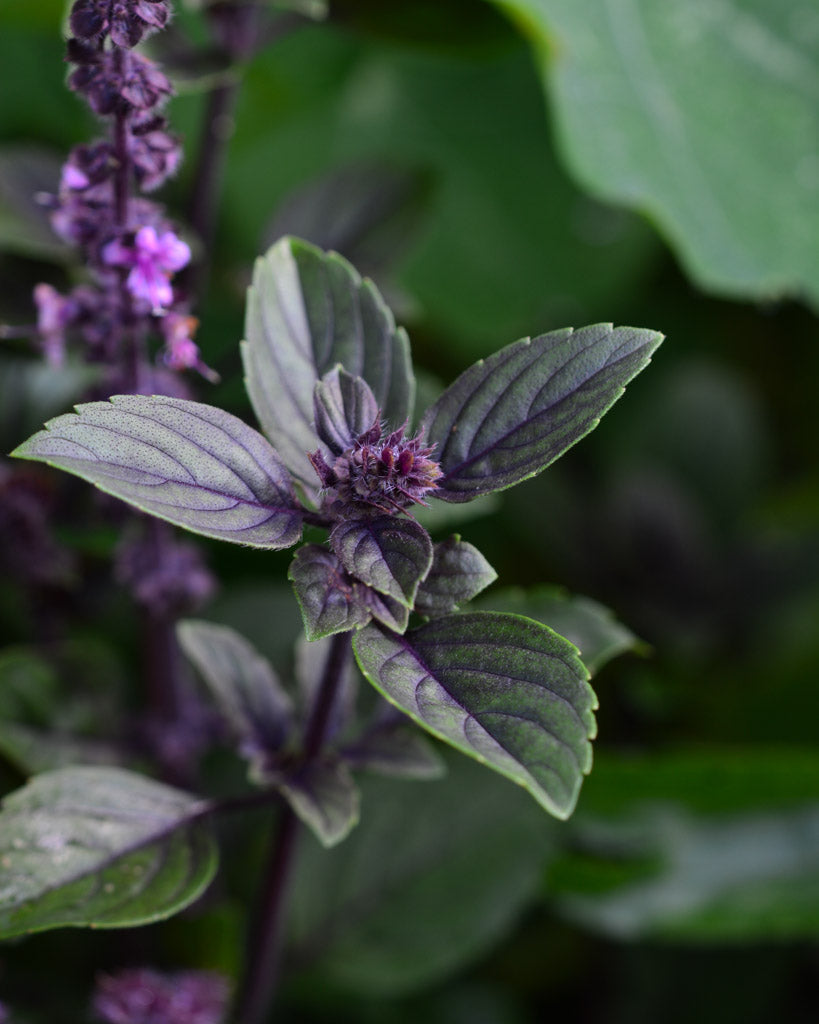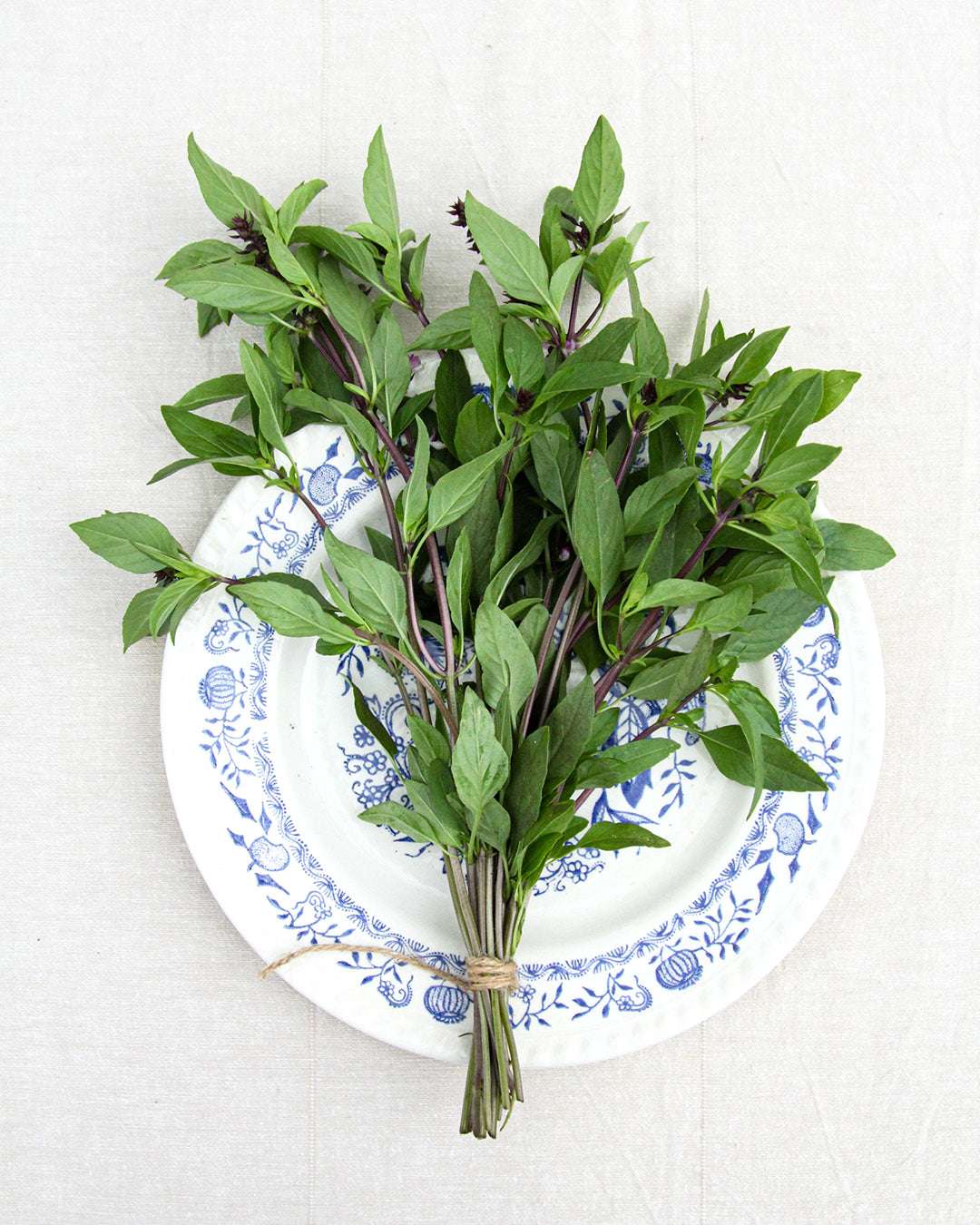Planting, caring for and harvesting basil (Ocimum basilicum) – how to grow this popular culinary herb properly
Whether with tomato and mozzarella, in fresh summer salads, or on pizza: basil has become an essential part of German cuisine. The most popular herb in Germany delights with its spicy, peppery aroma and can be found in almost every household – whether on the windowsill, in a balcony box, or in the garden bed. But basil can do much more than just taste good! With an incredible variety of varieties, healing properties, and simple care tips, it's worth taking a closer look at this royal herb. In this fact sheet, you'll learn everything about cultivation, location, harvest, and exciting basil varieties.

Cultivation and propagation – what should you pay attention to?
Basil prefers bright locations, but not direct, blazing midday sun. This popular culinary herb thrives in moist, nutrient-rich, well-draining soil. Starting in late March, basil can be propagated on a windowsill or in a greenhouse. Important: Basil germinates in light, so the seeds should only be covered with a very thin layer of soil.
Once the seedlings have formed two pairs of leaves, it's time to transfer them to individual pots. Basil should only be planted outdoors after the Ice Saints, when the danger of frost has passed. Regular watering is especially important in summer, as the delicate leaves are sensitive to drought. To encourage lush leaf growth, regularly remove the developing flower heads – this will keep the plant compact and aromatic.
Harvesting and preserving – when, what and how best?
Basil can be harvested continuously between May and September. The leaves are particularly aromatic in the early morning or evening hours before flowering – this is when they contain the most essential oils. When harvesting, don't just remove individual leaves. It's better to pinch off entire shoot tips or cut back stronger stems by half – this stimulates growth.
Basil is not suitable for drying, as it loses a lot of its flavor. It's better to soak the fresh leaves in oil or make them into a pesto. Freezing whole shoots or chopped leaves in ice cube trays is also a proven method of preservation.
Use – What recommendations for herbal cooking?
Basil is an essential part of Mediterranean cuisine. It pairs particularly well with tomatoes, mozzarella, pasta, fish, and meat dishes. It also unfolds its typical aroma in salads, on pizza, or as part of herb butter. More and more modern recipes combine basil with fruit, such as strawberries or peaches, for a surprisingly fresh flavor.
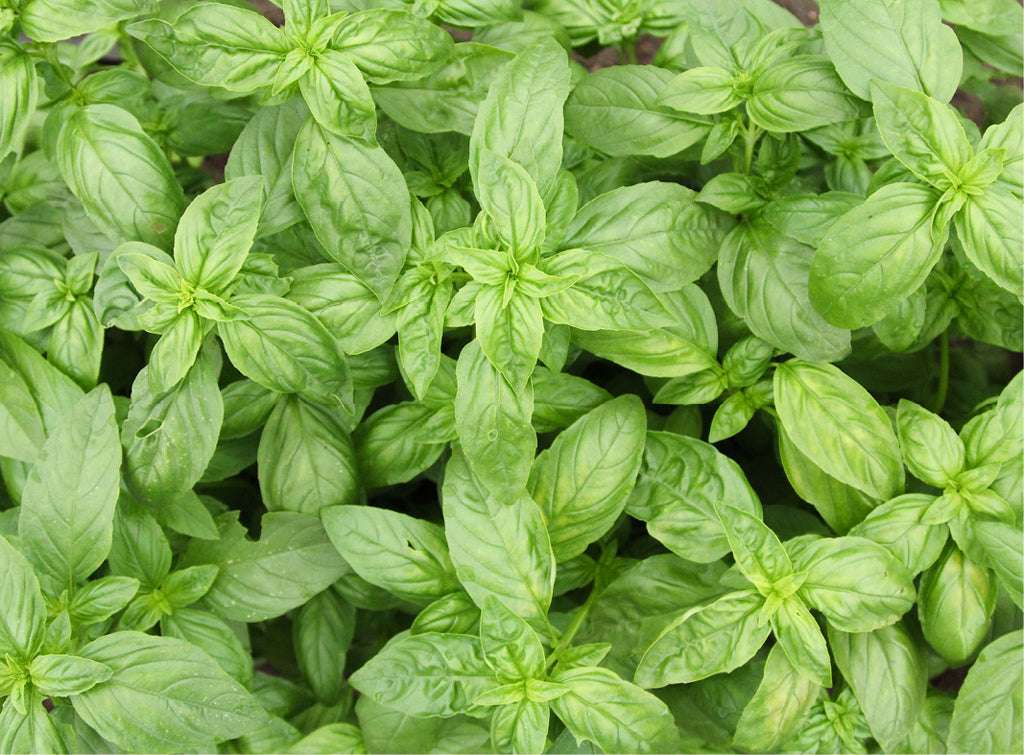
Application – What healing or caring effect?
Basil has long been valued in naturopathy. In Ayurveda, in particular, it is considered to strengthen the heart and mind. The essential oils are said to have calming, digestive, and anti-inflammatory effects. Freshly crushed leaves were also traditionally used for insect bites. As a tea, basil can help with stomach and intestinal complaints and has a relaxing effect.
Botanical – What kind of plant is basil?
Basil belongs to the mint family and is usually an annual in our garden. It grows upright and bushy and is easily cultivated in pots or beds. There is a wide variety of varieties, differing in growth habit, leaf color, aroma, and growing requirements. Some varieties are more robust and better suited to pot cultivation, while others prefer plenty of light and warmth.
Varieties – Which are recommended?
- Bush basil: small-leaved varieties with a fine aroma, very easy to care for and undemanding
- Genoese basil: classic type with a strong aroma, ideal for pesto
- Purple basil: striking dark red, decorative and aromatic, slow growing
- Neapolitan basil: large-leaved, aromatic, needs airy, bright locations
- African Blue: perennial shrub type, strong flowering, decorative with spicy taste
- Lemon basil: with a fresh citrus aroma, ideal for summer dishes and desserts
Interesting facts – What else is there to learn?
Despite common claims, there are no truly hardy basil varieties. While some varieties are perennial, they only thrive in warm, bright conditions. If you want to overwinter basil, you should place the plant in a sheltered, bright location well before the first frost—for example, on a windowsill in the kitchen or in a greenhouse for the winter.
